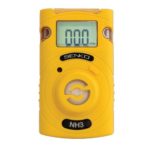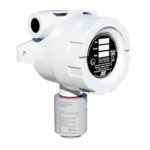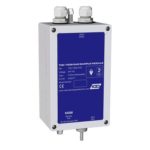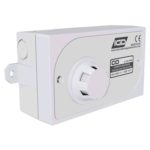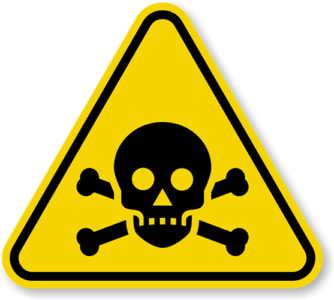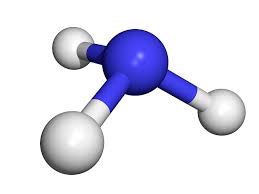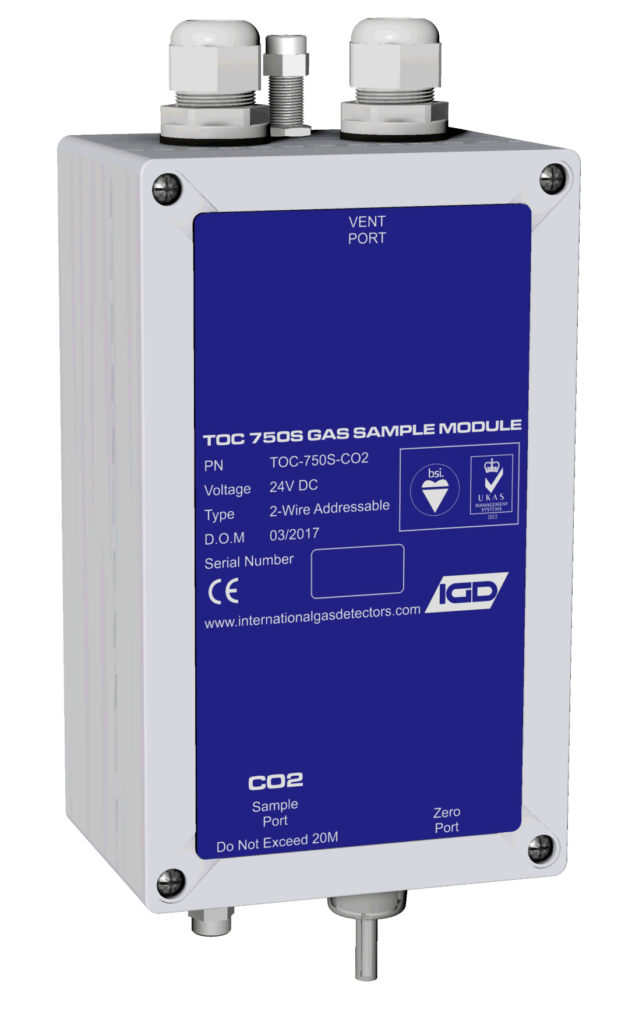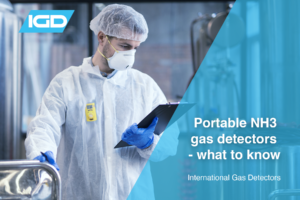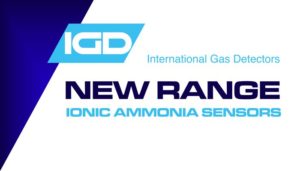Ammonia gas is lighter than air and will rise however in the presence of moisture (such as high relative humidity). The liquified anhydrous ammonia gas forms vapours that are heavier than air. This can increase the risk of exposure from leaks to personnel, particularly in large NH3 refrigeration plant.
Ammonia is composed of Nitrogen and Hydrogen. It is a colourless gas with a characteristic pungent smell. Ammonia (NH3) is one of the most commonly produced industrial chemicals. NH3 is very toxic and also flammable with an LEL of 16%
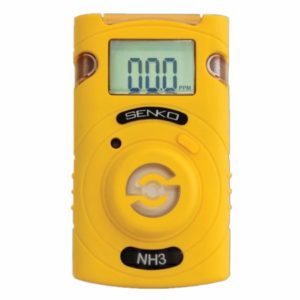
Pictured: Our portable single gas ammonia detector for personal protection of engineers and plant employees. Available next day with a 24month warranty.
In the environment, Ammonia is part of the nitrogen cycle and is produced in soil from bacterial processes. NH3 is also produced naturally from decomposition of organic matter, including plants, animals and animal wastes.

